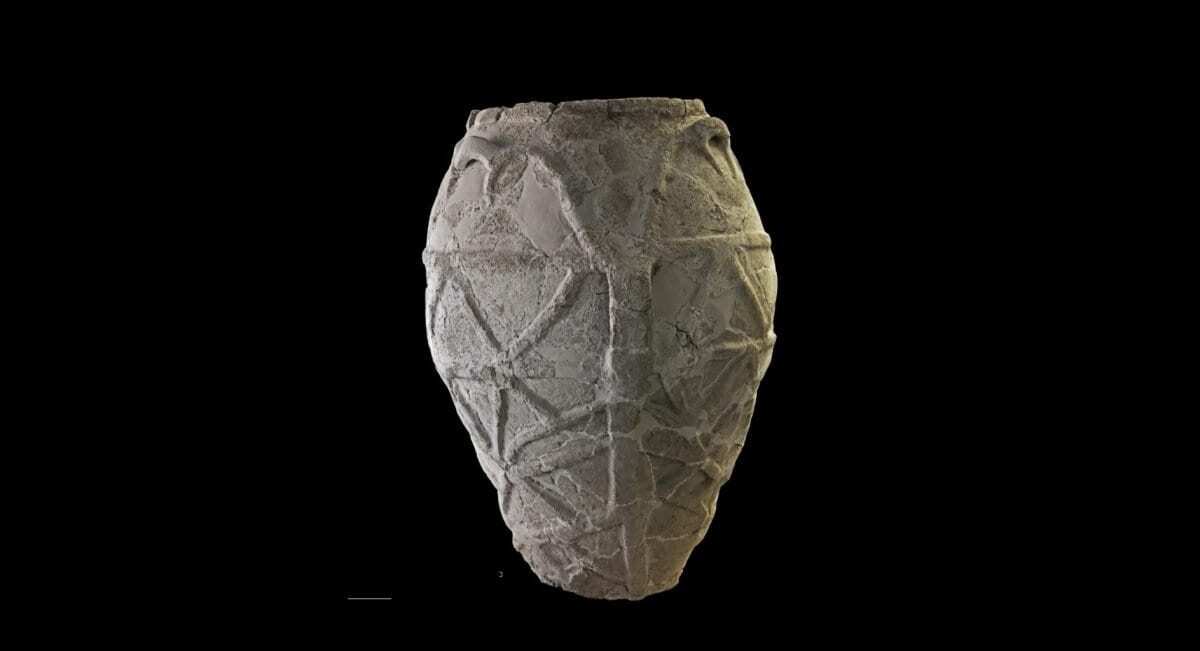Several years ago, most of the collection of Hellenistic art at the Louvre was housed in one of the larger ground-floor rooms. The lighting there was relatively poor, and in my memory, the statues were only touched by the changing moods of daylight.
There were no huge crowds in those days, although this is where we would find the Resting youth by Polycleitus; the elegant Aphrodite said to be a replica of Callimachus’ original; a young satyr playing the flute, a replica of an original Praxiteles; the touching elderly Faun holding a Child; a copy of Hermes attaching his sandal; the Hunting Diana in full swing; the Eros ready to shoot his arrow which is a replica of Lysippos as well as the famous Azara Hermes of Alexander the Great another replica of an original Lysippos, and several others. I often sighed that the statues were so dusty, itching to get some water and soap out to wash them off. Despite all this, the unique atmosphere in that half-lit room made you feel close to times long gone since.
Almost lost in a corner near one of the large windows stood the small statuette of a seated Euripides staring out into a world that was not his. However, it caught my attention because the back panel of this statuette listed 32 of his plays. Exhibited at eye level, I would read the titles one by one, and it was as if each name disclosed an entire shelf of papyri ready to be unscrolled.
Then the room was closed for years until the entire collection was moved elsewhere and arranged in a way complying with the demands of today’s visitors, where each piece of art is highlighted in appropriate floodlights. There was, however, no trace of “my” Euripides, and I wondered what had happened to him. Maybe he was moved to a different room to fit another topic. Who knows?
Yet, all was not lost! At times, it takes patience, and the reward came last year when I visited a temporary exhibition at the Louvre-Lens called Music, Echoes from Antiquity. Many old musical instruments had been brought together, not only from the Greek and Roman era but also from Egyptian, Persian, Sogdian, Assyrian, and Sumerian times. To complement the instruments, several paintings, vases, reliefs, and statues represent the musicians in action.
For no apparent reason, it was here that I suddenly found my precious Euripides! The reason for this presence among the vases and small musicians was not obvious, except that Greek theater plays included choral songs that told the story. I was overjoyed to find my friend sitting in front of this oversized window presiding over his oeuvre.
Euripides was by far the most prolific tragedian of his time, producing more than his contemporaries Aeschylus and Sophocles together. During his lifetime (ca. 480 - ca. 406 BC), he stayed in Pella at the court of King Archelaus, Alexander’s great-grandfather, and at least two of his plays were performed in Macedonia, Thebes
It seems no coincidence that the Bacchae is being performed this summer at the theater of the Getty Villa in Malibu, California. This production is directed by Anne Bogart (one of the three Co-Artistic Directors of the SITI Company and Professor at Columbia University) and translated by Aaron Poochigian (who earned a Ph.D. in Classics from the University of Minnesota and an MFA in Poetry from Columbia University). This is an excellent opportunity to immerse ourselves back in history and watch a play that Alexander must have seen more than once!
It is not surprising that Alexander grew up with an intimate knowledge and great love for theatrical performances, which he loved to organize all through his eastern campaigns – often inviting celebrated actors from Athens for the occasion.
Isn’t it amazing how much one small statuette has to tell?






















